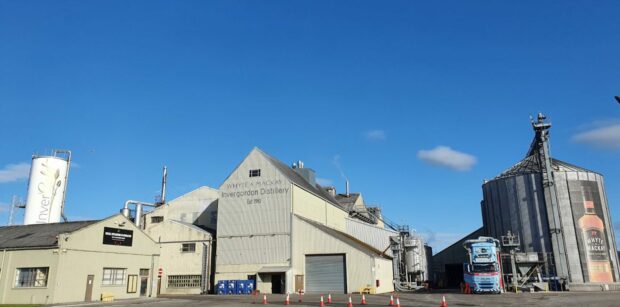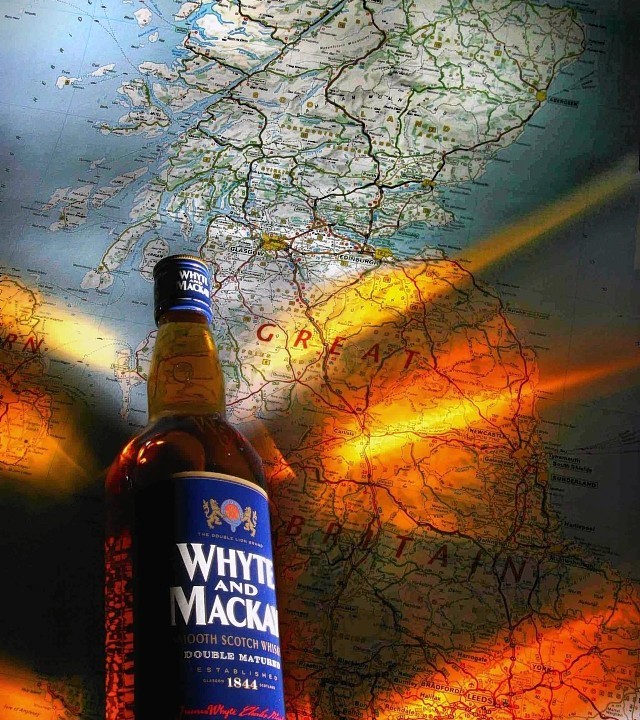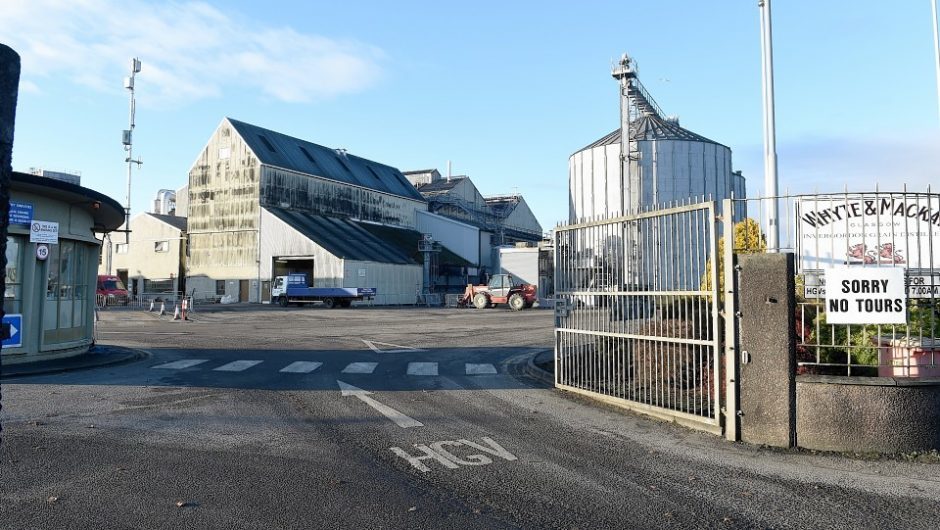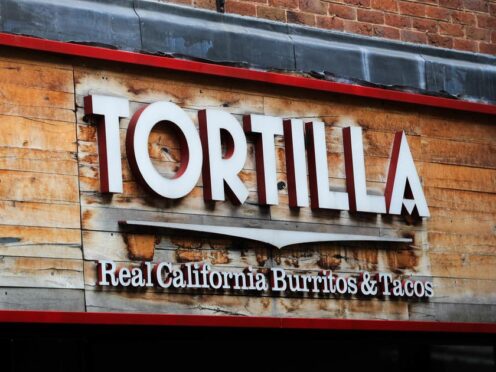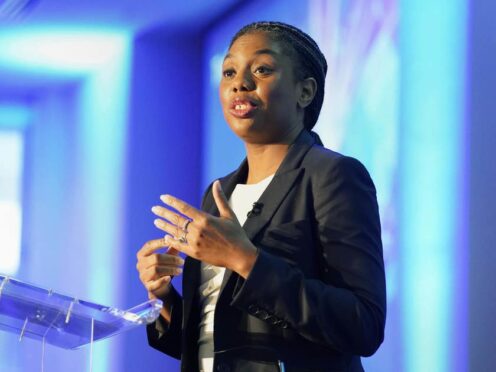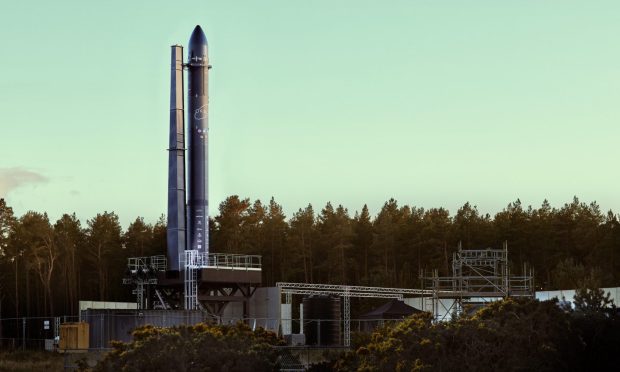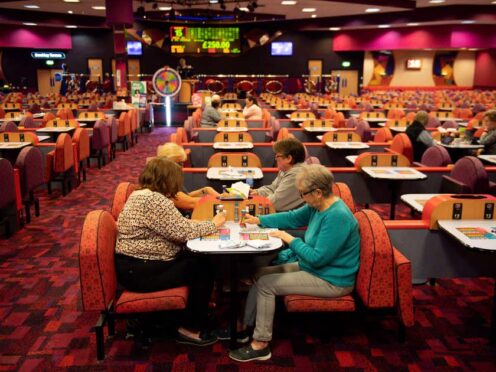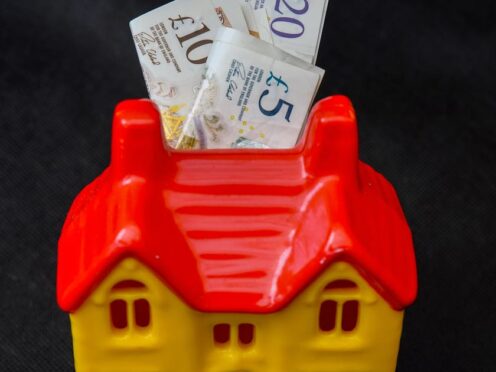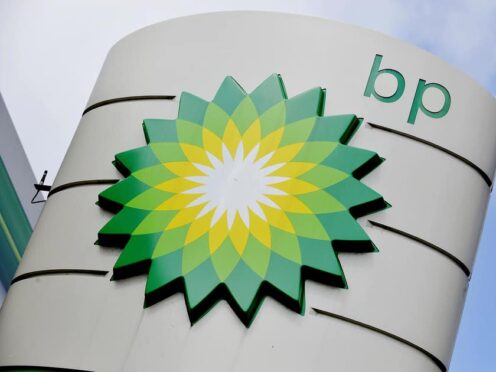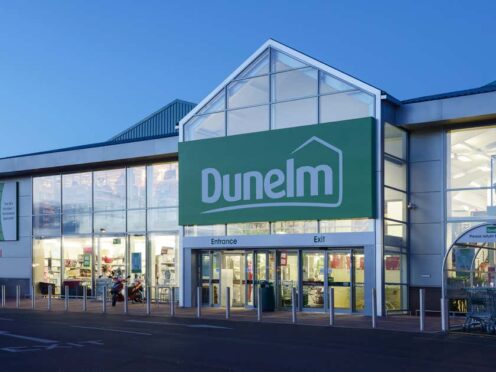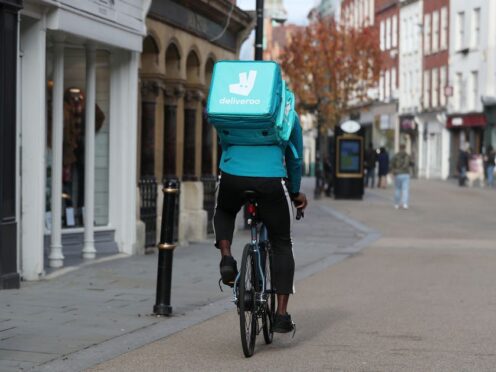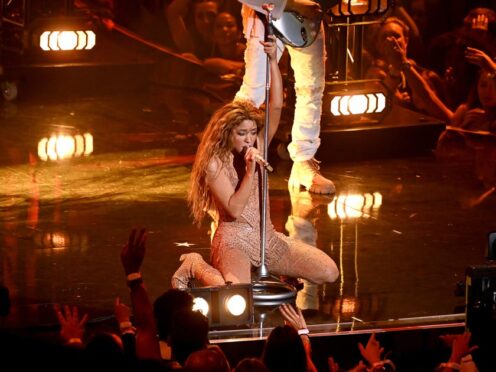Whisky maker Whyte & Mackay says the establishment of a green freeport in the Scottish Highlands would help it achieve its target of becoming carbon neutral by 2030.
The firm which is the largest distiller in the north of Scotland, is expected to be one of the first users of green hydrogen produced from a planned electrolyser on the Cromarty Firth.
Green freeport to accelerate clean gas production
The whisky distiller believes its decarbonisation drive would be boosted by a scaling up of the clean gas production plant which would be enabled by green freeport status.
A decision on which two of Scotland’s current five green freeport bids will be given the nod is expected this summer.
The Opportunity Cromarty Firth (OCF) consortium heading the bid comprises organisations such as Global Energy Group, Port of Inverness, Highland Council, Inverness Airport and others, with the bid having secured cross-party support from north politicians.
The closest competition to win the status is thought to be between the OCF bid and the North East Scotland Green Freeport consortium.
Another strong bid has been made by Forth Ports taking in partners between Edinburgh and Grangemouth, while Orkney Council has also thrown its hat into the ring for an Orkney Green Freeport.
Glasgow is also angling for a bid with the Clyde Green Freeport proposal.
Who has signed?
Whyte and Mackay owns five distilleries across Scotland including Invergordon and The Dalmore on the Cromarty Firth on the east coast of the Highlands.
The company funded a feasibility study for the electrolyser, along with fellow distillers Glenmorangie and Diageo, as well as ScottishPower, Storegga and the Port of Cromarty Firth (PoCF).
ScottishPower and Storegga have since announced plans to jointly develop one of the UK’s largest green hydrogen plants in the area.
The project’s first phase expected to be operational in 2025, will be capable of producing up to 22 tons of green hydrogen a day for use in distillery heating processes, as well as regional transportation.
Potential £1bn investment brought forward
The developers maintain green freeport status for Inverness and the Cromarty Firth would have the potential to bring forward investment of more than £1 billion in a larger-scale plant by up to 10 years and would place the Highlands “firmly at the centre of larger scale production” of the zero-emission fuel.
Whyte and Mackay’s Invergordon distillery is the largest in the north of Scotland and the company is one of the biggest employers in the Cromarty Firth area with a workforce of around 130.
The firm voiced its support for the north green freeport in a letter included with the OCF consortium’s bid submitted to UK and Scottish ministers in June.
In it, Whyte and Mackay’s distilling director, Shane Healy, wrote: “We have set a target to be carbon neutral by 2030 and we have a number of key projects to allow us to achieve this. Central to this is green gas, with a balanced approach between bio gas and green hydrogen.
“We plan to begin taking green hydrogen from the electrolyser when operational, initially requiring 2.2 tons of green hydrogen per day.
“This is expected to rise to 6.6 tons per day by around 2030. This will require an infrastructure capex spend of around £4-6 million by 2030.
“We are also heavily investing in a green biomethane anaerobic digestor plant that would have green hydrogen blended into its supply to allow us to generate enough green, carbon free gas to meet our ambition before 2030.”
Mr Healy continued: “The Cromarty Firth area is of central importance to our business and where we also hold the vast majority of our maturing whisky inventory.
Ambitious decarbonisation goals
“The freeport tax incentive can help accelerate the scale-up of the electrolyser and also reduce the cost of green hydrogen.
“This is important to allow us to achieve our ambitious decarbonisation goals and also to allow us to be competitive, as we encounter the cost disadvantages by operating in a semi-rural location, almost 200 miles from our bottling and distribution plant in Grangemouth.
“The Opportunity Cromarty Firth submission is centred in the areas where we have our largest distilling and maturation footprint and we are fully supportive of the consortium and the benefit it can bring to our area and the community within.”
What is a green freeport?
A “green freeport” is a large zoned area within a defined boundary extending around 28 miles (45km) which includes rail, sea or airport.
The two projects selected for green freeport status will benefit from a share of £52 million of government funding alongside a package of tax and customs allowances and investment incentives.
Operators and businesses in the zone can benefit from a package of tax and other incentives, with supporters saying they fuel economic growth.
